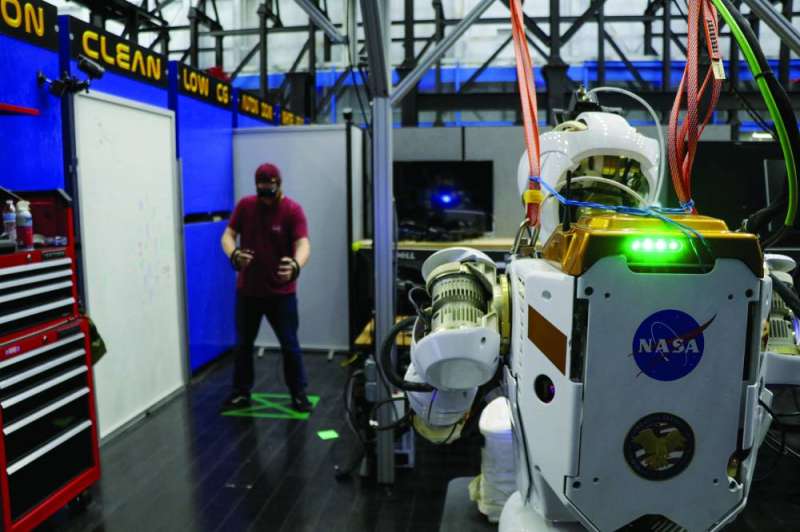28/12/2023
28/12/2023

Standing at a height of 188 centimeters and weighing 136 kilograms, the humanoid robot Valkyrie, developed by the United States Aeronautics and Space Administration (NASA), commands respect as a remarkable model.
NASA disclosed that Valkyrie, named after a Norse mythology character, is currently undergoing testing at the Johnson Space Center in Houston, Texas, with a specific focus on functioning in deteriorated or damaged environments, such as those affected by natural disasters. Although initially designed for Earth-based applications, there is speculation about the potential for robots like Valkyrie to operate in space.
A humanoid robot, mirroring human anatomy with a torso, head, arms, and legs, holds promise for emulating human actions and utilizing standard tools and equipment through appropriate software development.
According to Sean Azimi, the leader of NASA's adept robotics team, humanoid robots deployed in space could undertake hazardous tasks, including cleaning solar panels or inspecting malfunctioning equipment outside spacecraft. The objective is not to replace human crews but to relieve them of monotonous and perilous duties, allowing astronauts to focus on more advanced and exploratory activities.
Azimi emphasized, "We are not trying to replace human crews, but, in fact, we are trying to remove them from monotonous and dangerous work to enable them to focus on higher-level activities." In pursuit of this vision, NASA collaborates with robotics companies such as Optronic in Austin, Texas, exploring how humanoid robots developed for Earth applications can contribute to the future endeavors of robots in space.


